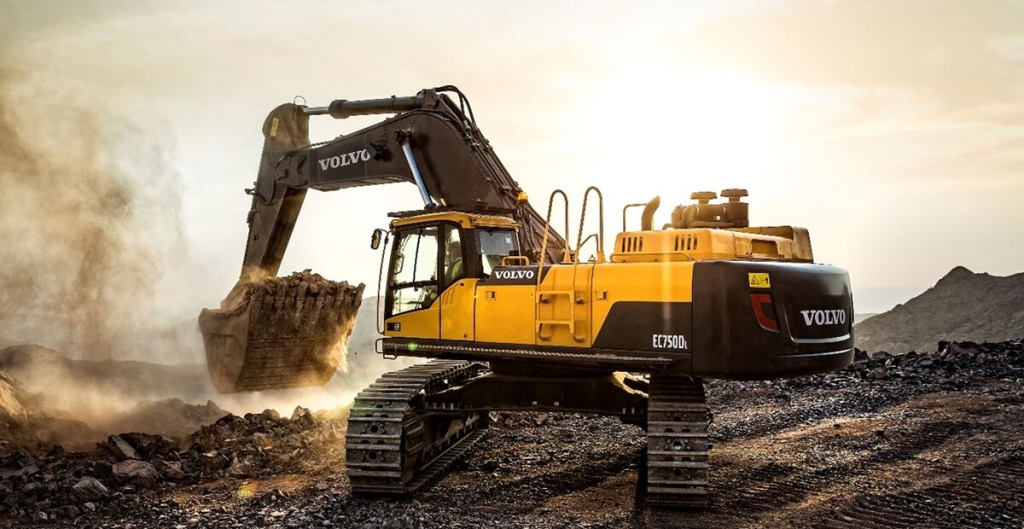Excavators are powerful machines used in various construction and earthmoving tasks. Understanding the different parts of an excavator and their functions is crucial for operators and maintenance personnel. Here’s an essential guide to the parts of an excavator:

1. Cab
- Description: The operator’s compartment.
- Function: Houses the controls, displays, and safety features. Provides visibility and comfort for the operator during operation.
2. Boom
- Description: The long arm extending from the excavator’s body.
- Function: Provides reach and height for digging and lifting operations, allowing the machine to access materials at different depths.
3. Stick (or Arm)
- Description: The segment that connects the boom to the bucket.
- Function: Controls the bucket’s movement in and out, enabling precise digging and material handling.
4. Bucket
- Description: The attachment at the end of the stick.
- Function: Used for digging, scooping, and lifting materials. Various bucket designs are available for specific tasks, such as trenching or grading.

5. Tracks (or Wheels)
- Description: The undercarriage components that provide mobility.
- Function: Tracks are used for stability on uneven terrain, while wheeled excavators offer faster movement on solid surfaces.
6. Engine
- Description: The power source of the excavator.
- Function: Drives the hydraulic system and provides the necessary power for all machine operations, including movement and attachment functions.
7. Hydraulic System
- Description: A network of pumps, valves, and hydraulic cylinders.
- Function: Utilizes hydraulic fluid to power the movement of the boom, stick, and bucket, allowing for smooth and controlled operations.
8. Counterweight
- Description: A heavy block located at the rear of the excavator.
- Function: Provides stability and prevents tipping during heavy lifting operations by balancing the machine’s weight distribution.
9. Swing Mechanism
- Description: The system that allows the upper structure to rotate.
- Function: Enables the cab, boom, and stick to rotate 360 degrees, allowing the operator to reposition without moving the entire machine.
10. Chassis
- Description: The main structural frame of the excavator.
- Function: Supports the engine, hydraulic system, and other components, providing overall structural integrity to the machine.
Summary Table of Excavator Parts
| Part | Description | Function |
|---|---|---|
| Cab | Operator’s compartment | Houses controls and provides visibility and comfort |
| Boom | Long arm extending from the excavator body | Provides reach and height for digging and lifting |
| Stick (Arm) | Connects boom to the bucket | Controls bucket movement for precise digging |
| Bucket | Attachment at the end of the stick | Used for digging, scooping, and lifting materials |
| Tracks/Wheels | Undercarriage components | Provides mobility and stability on various terrains |
| Engine | Power source of the excavator | Drives hydraulic systems and powers machine operations |
| Hydraulic System | Network of pumps and valves | Powers movements of boom, stick, and bucket |
| Counterweight | Heavy block at the rear | Stabilizes the machine during operation |
| Swing Mechanism | Allows upper structure to rotate | Enables 360-degree rotation for repositioning |
| Chassis | Main structural frame | Supports engine and components, providing integrity |
Conclusion
Understanding the parts of an excavator and their functions is essential for effective operation, maintenance, and safety. This knowledge helps operators maximize the efficiency of the machine and handle various tasks effectively. If you have any further questions or need clarification on specific parts, feel free to ask!